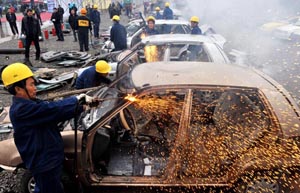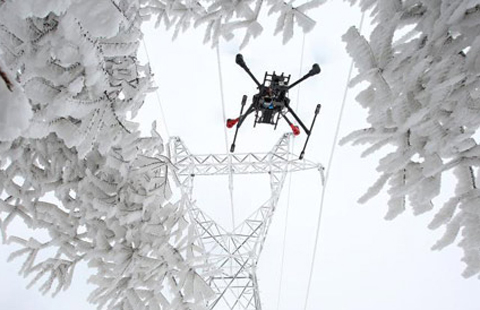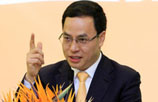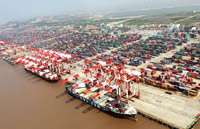RRR cuts to ease liquidity conditions
By Jiang Xueqing (China Daily) Updated: 2015-02-06 07:33The manufacturing Purchasing Managers Index, a key measure of factory activity, fell to 49.8 in January, hitting a low last seen in September 2012, according to the National Bureau of Statistics. The decline in PMI has increased market expectations for further monetary policy easing.
Zhu Haibin, chief China economist at JPMorgan Chase & Co, estimated that the universal and targeted RRR cuts could inject liquidity of 650 billion yuan into the financial system.
Like many other economists, he said he believes that the move is the precursor of a series of monetary easing measures.
"In the near term, we expect the PBOC to increase the magnitude of reverse repo operations before the Lunar New Year to meet the seasonal high liquidity demand. We also expect one more rate cut of 25 bps in the first quarter and a second universal RRR cut of 50 bps in the second quarter, supplemented by targeted measures and targeted RRR cuts to facilitate economic restructuring," he said.
Ding Shuang, senior China economist at Citigroup Inc in Hong Kong, said the RRR cut does not represent a deviation from the generally prudent monetary policy stance, but the market will most likely interpret it as a stimulus measure.
"We expect two or three additional RRR cuts this year amid continued capital outflows, just to enable broad money to grow by 12-13 percent," he said.
- PBOC joins shift to boost growth
- Global firms that changed top execs after China biz hurdle
- Train-makers set for sales boost abroad
- Robust e-commerce boosts consumer sentiment in emerging markets
- Chinese firm launches village public welfare projects in Myanmar
- Decoding China's reserve requirement ratio
- Women-focused app to build relationships
- StanChart Singapore issues 1st cross-border yuan loan to Chinese firm

















